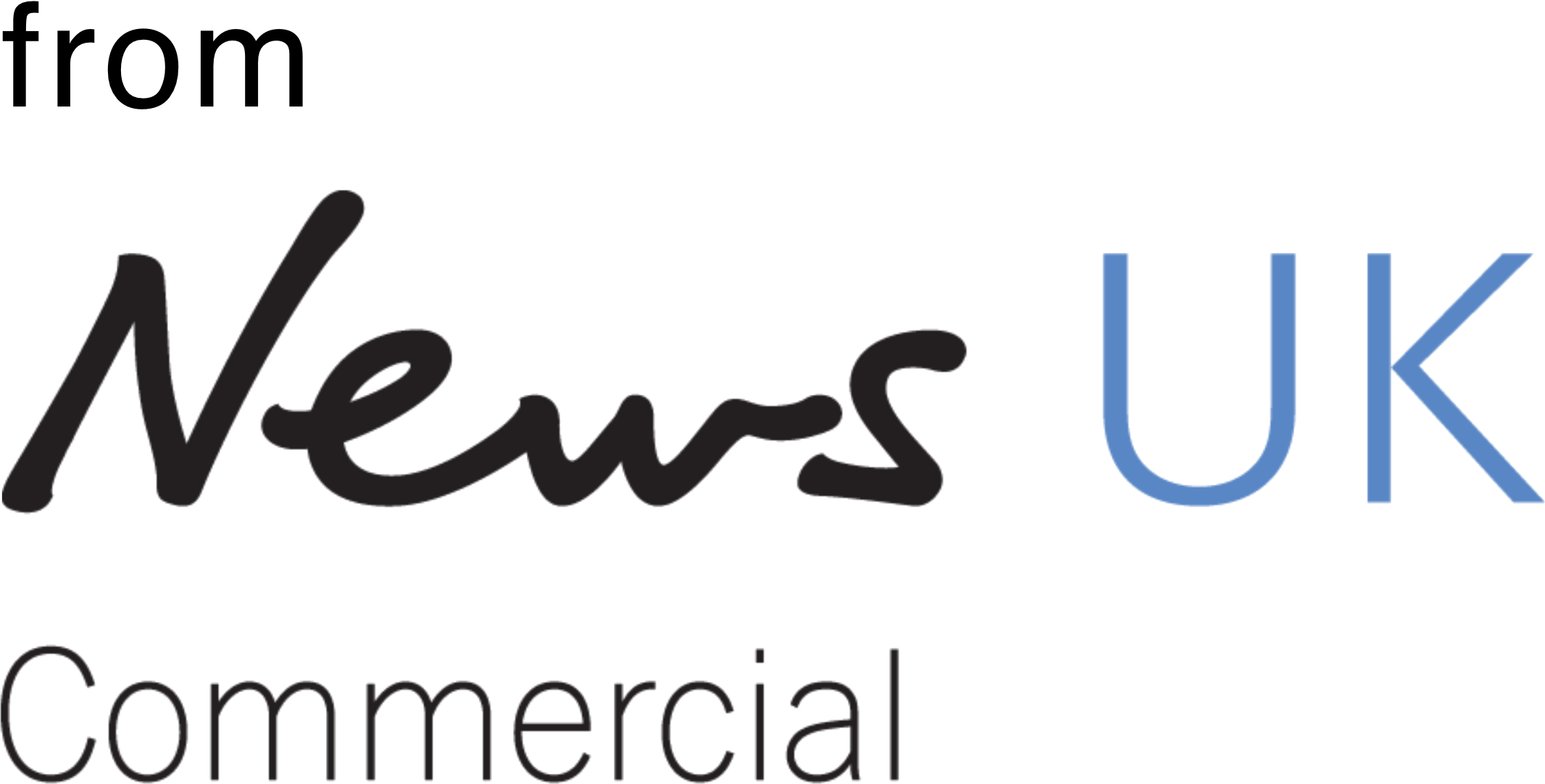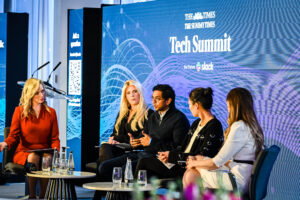Nowadays, just serving a customer isn’t enough. Today, customers want to know that companies are active citizens of the world, agents of change.
For a brand, that means having an opinion about society, acting to bring it about and being seen to do so.
But purpose-driven marketing is not as straightforward as devising a touchy-feely campaign - nor should it be.
So, how can marketers tap into their companies’ feelings and live out their values in a way that will resonate with customers
That is what I asked four leading marketers in May 2020, when I hosted Standing Up For What Your Brand Believes In, a session at FUTR Europe Summit, a gathering for retail, marketing and commerce decision-makers. Here is what I learned.
Balancing risk and reward
Chris Delahunty, head of digital (Belgium, Netherlands and France) for Upfield, an Amsterdam-based plant-based food provider whose brands include Flora, acknowledged that, for some brands, stepping into purpose-driven territory can be a risk, fraught with faux pas.
“But I actually think the risk for companies is not doing this - not standing for something and not doing, being a decent human being and doing the right thing,” he said.
“If you, as a business, decide, ‘Actually, we're, we're going to ignore sustainability, we'll ignore inclusion and diversity’, you will get found out. You need to do the basic human decent thing and have a diverse workforce and have a sustainable business.
“You're going to lose customers in the next five, 10 years. People aren't going to come to work for you. I think that's the real risk.”
Good causes ignite and retain customers
Rebecca Dibb-Simkin, global director of product and marketing at Octopus Energy, a renewable utility provider, said a selling point like green energy can appeal to green-minded consumers but can also be seen as a win-win by others who don’t care so much.
“When I first joined, there wa a small hardcore bunch of consumers who will switch for green because it's a total lifestyle choice, but most people were interested in price, customer service,” she said.
“Once a customer is with you, the fact that we it's green energy at the same price as brown energy was actually a very strong retention mechanism.
“I would hope that general society pushes and pressure mean that brands have to do the right thing, rather than it being a tick box for stakeholders.
“At the core of it is that kind of decent product (with a) fair price and good service, with that expectation from a business that is trying to do its best in society.”
Help consumers be change agents
Consumers are cognisant of the need for change. Brands can help them take the steps they want to take to make the world better.
“Consumers find it really hard to act on issues where they feel they don't have control, like greenhouse gas emissions,” said Annalie Selander, group sustainability director at Nomad Foods, owner of Bird’s Eye and Findus.
“We found that we need to take the actual narrative, the messaging down to a level that resonates with them.
“The food industry can be a driver of biodiversity loss that links to climate change, but that doesn't resonate with consumers.
“But when we started to talk about actually protecting bees, butterflies, flowers on the fields, that's when we hooked onto consumers and that is when they felt that they needed or wanted to act and go with us on the journey.”
Causes align companies and customers
“You can't be able to do all of the things at one time,” said Lawren Barnette, director of human insights at The Coca-Cola Company. “There is a need to focus on what feels most relevant and pertinent for the brand, your brand as a person.
“If you have a portfolio of products as the Coca-Cola company does, then you can start to use different products to meet those different purposes. But I don't think that it's necessarily possible to do all things at once or you become Jack of all trades and master of none.
“What are we fighting against? That's usually sustainability… any sort of additional climate change, additional impacts on the climate.
“If you don't feel like you can support that purpose, then it's not going to feel genuine when that purpose is expressed to the overall market. You don't want to say ‘What are most people talking about right now?’ and jump on board with that.
“Jumping back and forth on different bandwagons, trying to prioritise whatever is in the zeitgeist at the moment is certainly going to get you into some hot hypocrisy territory.”
The ROI of purpose is impact
Living out societal goals doubtless comes at a cost, but also comes with a benefit. Brands should be measuring that benefit - but what is it, exactly?
For Nomad Foods’ Selander, owner of Bird’s Eye and Findus, it is extrinsic. “It's all about tangible outcomes,” she said. “We want to really impact it in the end. So you need to pick something that is real and matters to the business.
“In our case, going on a Sierra journey, talking about the whole climate change actually has impacted harvest over the last two, three years - that kind of brings the senior people with you.”
Octopus Energy’s Dibb-Simkin added: “Be a little bit wary of KPIs.”
She was concerned that achieving goals on issues like recycling or diversity could see companies get lazy and stop pushing.
Get buy-in for doing the right thing
Many readers will already be convinced of the need to develop a sense of corporate purpose. But how can they convince other budget-holders of the need to make seismic strategic shifts?
“Get buy-in,” said Upfield’s Delahunty. “Find the people in the business who are your potential allies, the senior people who work behind you and say, ‘This is why we should do it’ It might be as simple as if you can say, ‘Here's a business case, we'll make more money by doing this’.
“That's the first step in. Then bring people with you on this journey, employ the right people. You need to take the first step to be bold and brave and take that first step.”
Octopus Energy’s Dibb Simkins said doing the right thing should not be seen as a one-off campaign.
“If you're going to do a purpose with your brand, then that purpose needs to be long-term and you need to commit to it long-term,” she said.
“Whatever comes in the interim is what comes, this is what you've committed to, you want to be purpose driven for the next foreseeable future.”
Sustainability may, or may not, come at a price
The way a product is sourced and produced can give it “sustainable” credentials, but the extent to which it should also come at a price premium is a perennial discussion topic.
“It might be that having a good product is all you need, but we need to redefine what ‘good’ is,” said Upfield’s Delahunty.
“Consumers are doing that for us. Even if it is a bit pricier, I think more and more people are willing to pay the extra.”
But spreading that to all brands may be challenging.
“Price is really important for our consumers and we do not want to be a niche brand, we do not want to be the premium price,” said Nomad Foods’ Selander.
“We want to be affordable, be accessible for everyone. And I think it's a combination of bringing consumer awareness, making customers more aware about the choices they make and the difference they make and delivering something across the board that doesn't necessarily have to be more expensive”.



 News UK
News UK 






